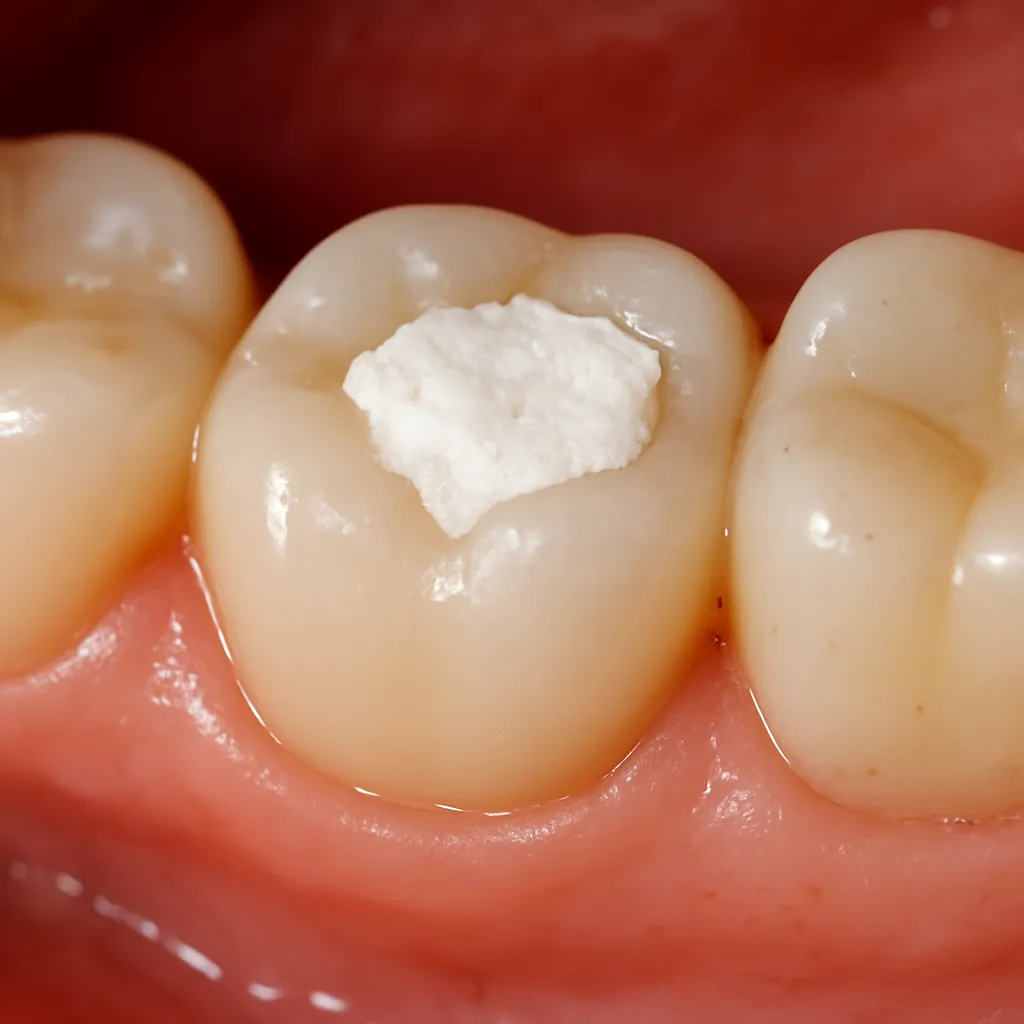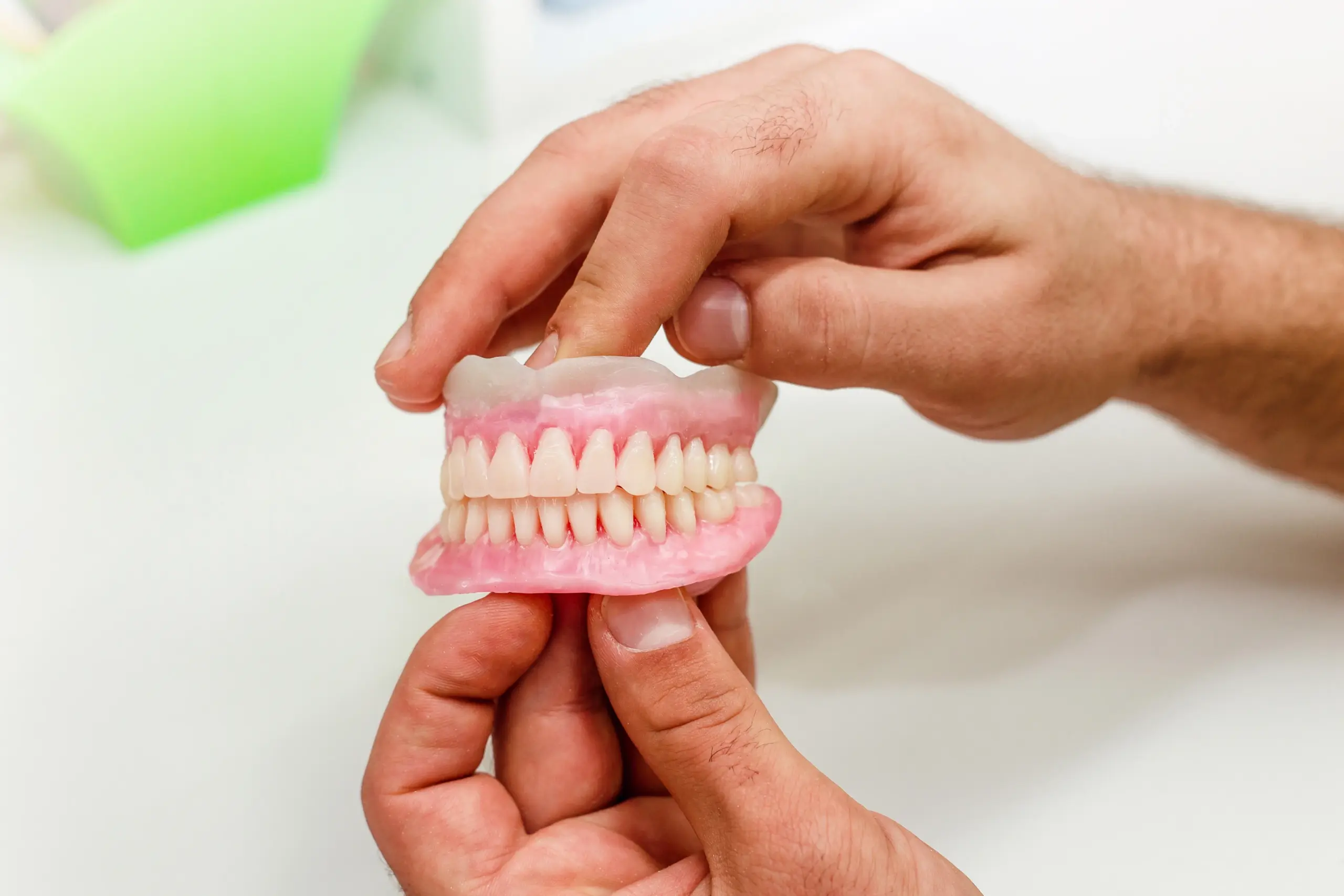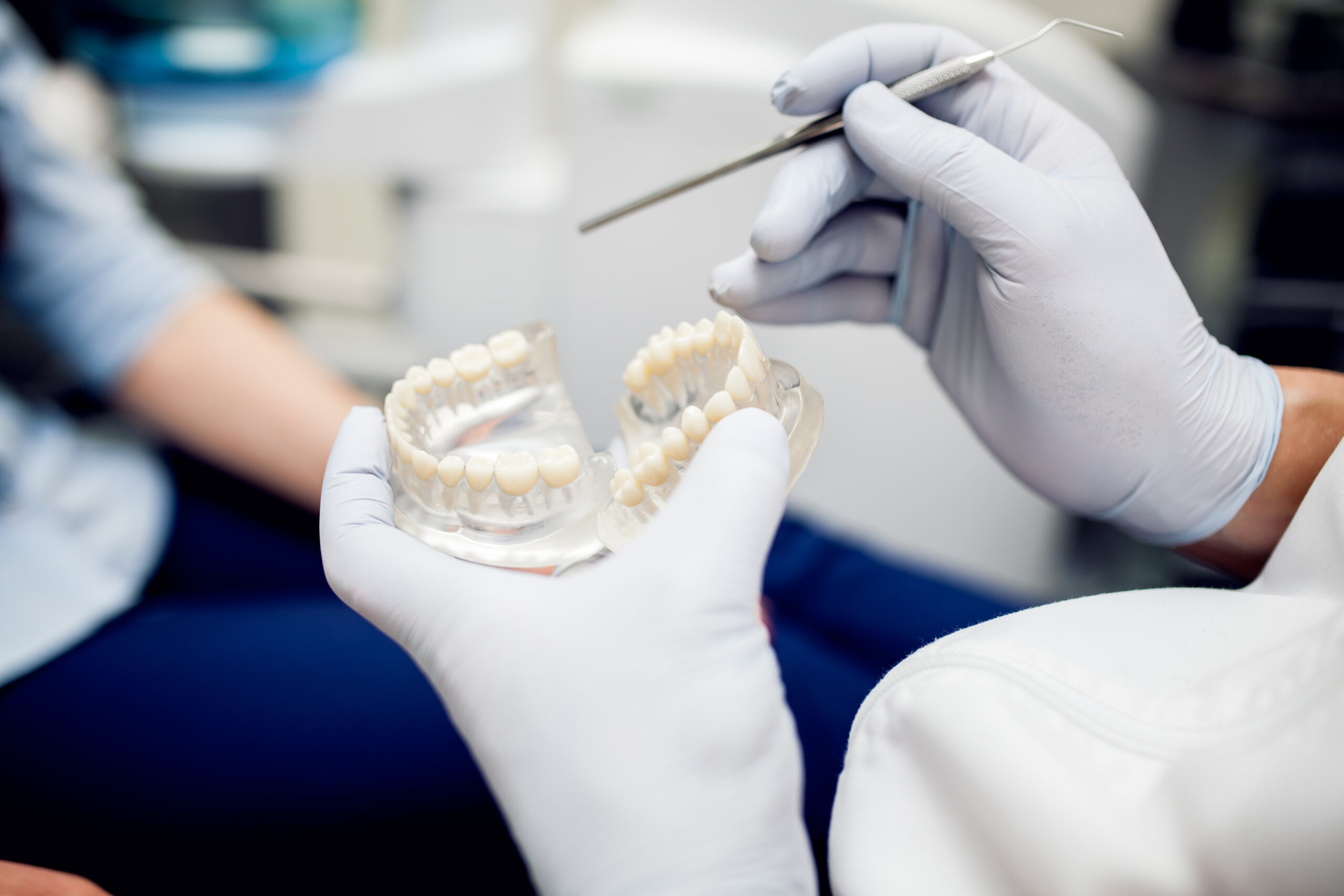Are silver fillings a thing of the past? Or do they still have their benefits?
You may be wondering what the difference is between white and silver fillings and may even be wondering if you are able to have yours changed. Granted the white are more aesthetically pleasing to the eye! Are silver fillings even safe you may ask? We will answer your questions here.
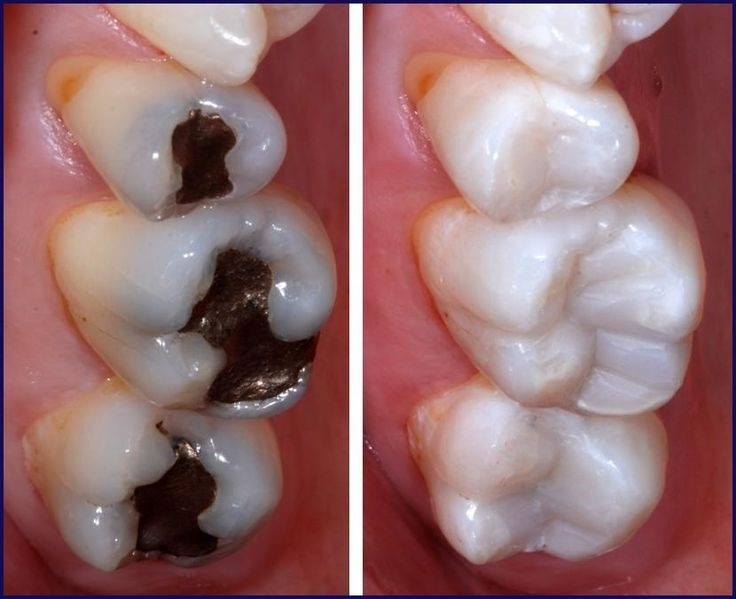
White fillings are made from composite resin. They don’t contain any mercury or metal. They are chemically bonded to the teeth and usually require less tooth removal. They are tooth coloured thus they actually look like teeth making them unnoticeable.
Although silver fillings are made of amalgam, there are no studies that prove that silver fillings are not safe. They are however not thought to be good for the environment due to the mercury content. Some countries are amalgam free. E.g. Scandinavian countries such as Sweden, Norway, Denmark and Germany whom always seem to be one step ahead from the rest of the world!
Whilst white fillings are chemically bonded to the teeth, silver fillings are packed in and locked into place by expanding. Over years, silver fillings can cause teeth to stain and become grey/blue looking. However, amalgam is still a very strong and reliable filling type and has been used in the UK safely for decades.
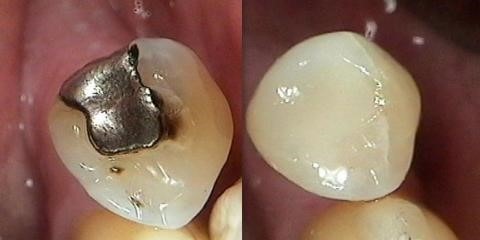
So what about the time and cost? There is no huge difference in the time it takes to place either filling although the white fillings may take just a few minutes longer to place. Whilst white fillings used to be the more expensive option, these days both white and silver fillings tend to cost around the same price. They both last on average from 8-15 years, but if repair is needed for any reason, the white fillings are much easier to repair than the silver fillings.
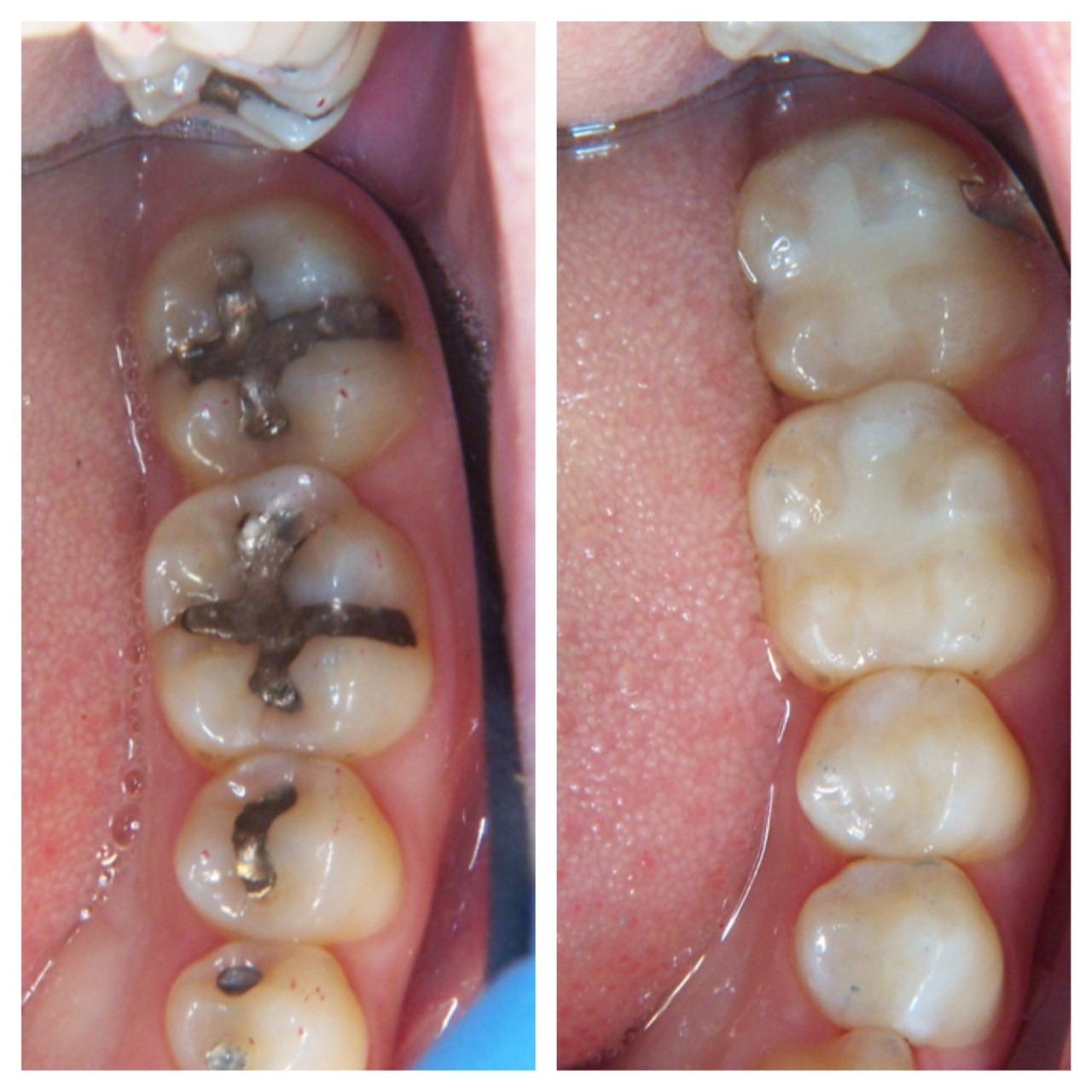
Most fillings can be changed from silver to white. A discussion with the dentist would need take place first, as well as an x-ray to see how deep/large the filling is.
Our dentists here at Birchgrove Dental take patient satisfaction very seriously and will always have a discussion with patients with regards to treatment options. They would be more than happy to discuss which type of filling would be the patient’s preferred choice.


